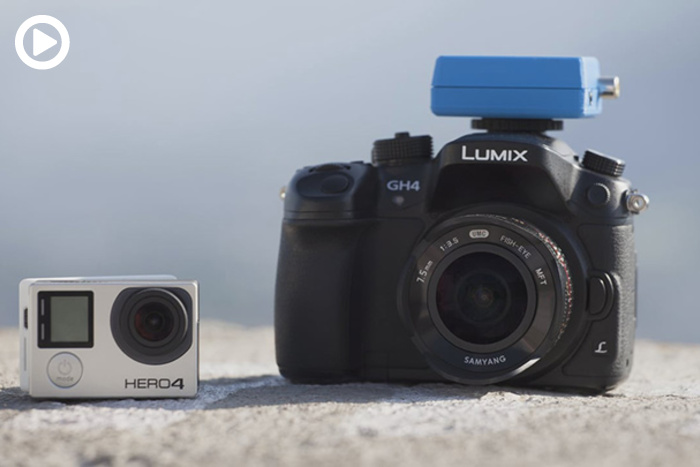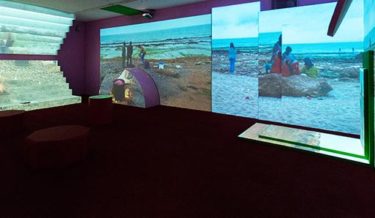Related post
Projection Mapping and Light Sculptures Illuminate Moscow
Mar 13, 2017
|
Comments Off on Projection Mapping and Light Sculptures Illuminate Moscow
3219
An Incredible A/V Light Show Brings the Walt Disney Concert Hall to Life
Mar 01, 2017
|
Comments Off on An Incredible A/V Light Show Brings the Walt Disney Concert Hall to Life
2647
Experience Morocco Through the Eyes of an Anthropomorphic Fly
Mar 11, 2017
|
Comments Off on Experience Morocco Through the Eyes of an Anthropomorphic Fly
2440




